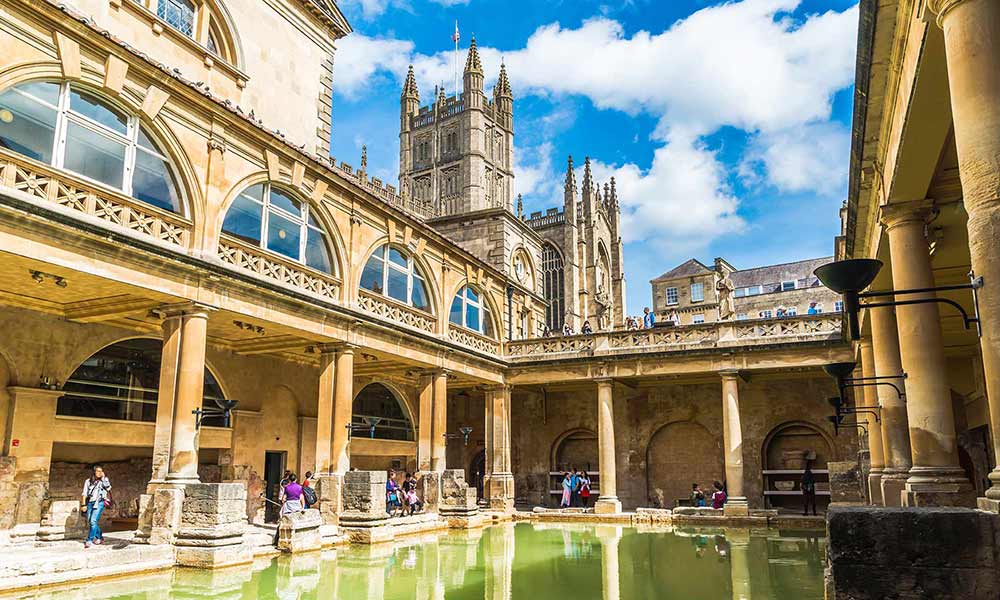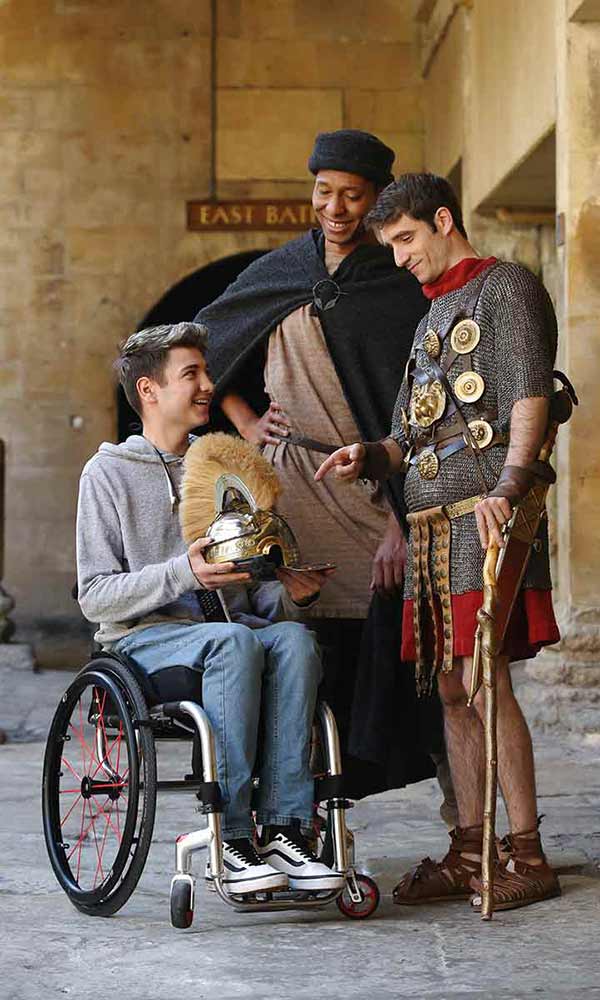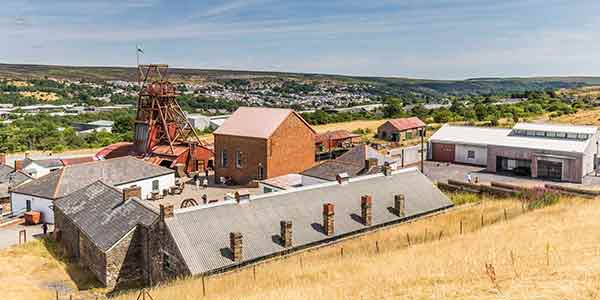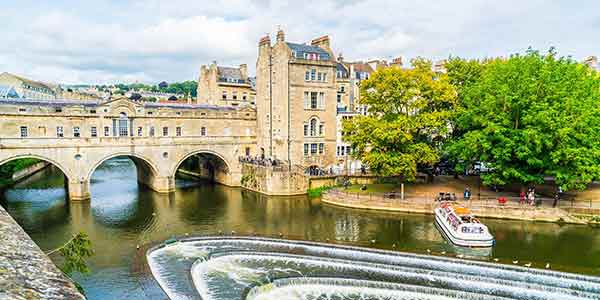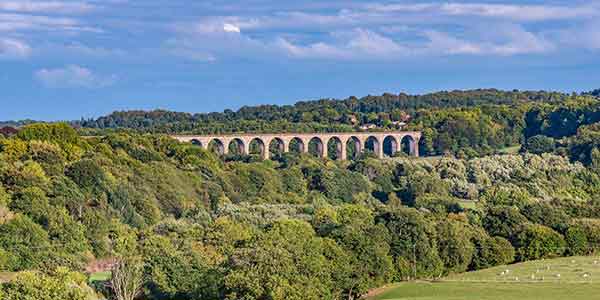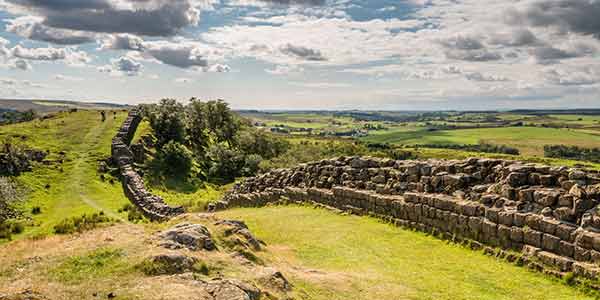
Our Sites
Bath
The city of Bath in South West England was founded in the 1st century AD by the Romans who used the natural hot springs as a thermal spa. It became an important centre for the wool industry in the Middle Ages but in the 18th century under the reigns of George l, ll and III it developed into an elegant spa city, famed in literature and art.
- The Roman remains, especially the Temple of Sulis Minerva and the baths complex (based around the hot springs at the heart of the Roman town of Aquae Sulis, which have remained at the heart of the City’s development ever since) are amongst the most famous and important Roman remains north of the Alps, and marked the beginning of Bath’s history as a spa town.
- The Georgian city reflects the ambitions of John Wood Senior (1704-1754), Ralph Allen (1693-1764) and Richard “Beau” Nash (1674-1761) to make Bath into one of the most beautiful cities in Europe, with architecture and landscape combined harmoniously for the enjoyment of the spa town’s cure takers.
- The Neo-classical style of the public buildings (such as the Assembly Rooms and the Pump Room) harmonises with the grandiose proportions of the monumental ensembles (such as Queen Square, Circus and Royal Crescent) and collectively reflects the ambitions, particularly social, of the spa city in the 18th century. The individual Georgian buildings reflect the profound influence of Palladio (1508-1580) and their collective scale, style and the organisation of the spaces between buildings epitomises the success of architects such as the John Woods (elder 1704-1754, younger 1728-1782), Robert Adam (1728-1792), Thomas Baldwin (1750-1820) and John Palmer (1738-1817) in transposing Palladio’s ideas to the scale of a complete city, situated in a hollow in the hills and built to a picturesque landscape aestheticism creating a strong garden city feel, more akin to the 19th century garden cities than the 17th century Renaissance cities.
Our Sites
Blaenavon
Blaenavon Industrial Landscape was inscribed as a World Heritage Site by UNESCO in 2000. UNESCO recognised that “The area around Blaenavon bears eloquent and exceptional testimony to the pre-eminence of South Wales as the World’s major producer of iron and coal in the nineteenth century.
Bath
UNESCO added The City of Bath as a ‘cultural site’ to its World Heritage List in 1987. Bath is included because of its Roman Remains, 18th Century Architecture, 18th Century Town Planning, Social Setting, Hot Springs and Landscape Setting.
Pontcysyllte
Pontcysyllte Aqueduct and canal consists of a continuous group of civil engineering features from the heroic phase of transport improvements during the British Industrial Revolution. The canal brought water borne transport from the English lowlands into the rugged terrain of the Welsh uplands, using innovative techniques to cross two major river valleys and the ridge between them.
Giants Causeway
The Giants Causeway and Coastline is a spectacular area of global geological importance on the sea coast at the edge of the Antrim plateau in Northern Ireland. The most characteristic and unique feature of the site is the exposure of some 40,000 large, regularly shaped polygonal columns of basalt in perfect horizontal sections, forming a pavement.
Hadrian’s Wall
Hadrian’s Wall is an exceptional example of a linear Roman frontier, encompassing an extensive archaeological landscape which reflects the way resources were deployed in the north western part of the Roman Empire and which displays the unifying character of the Roman Empire, through its common culture.

